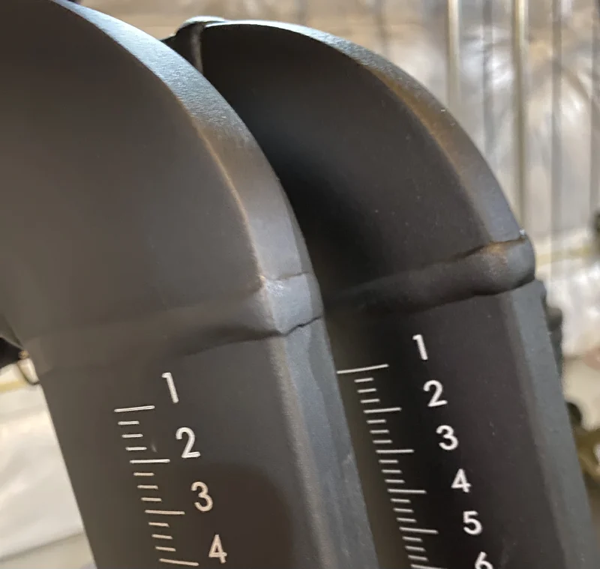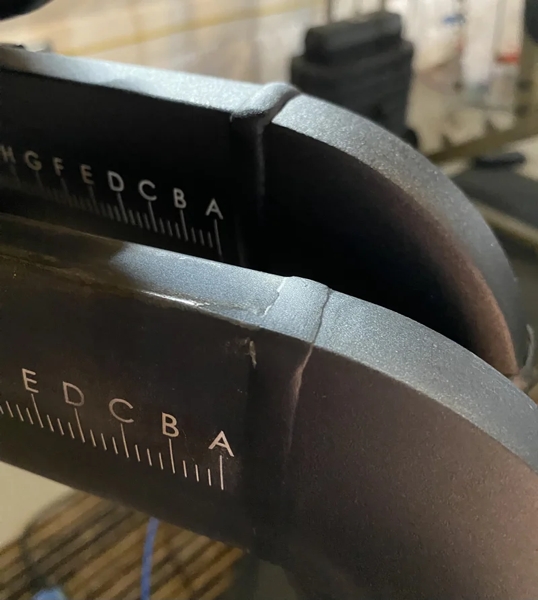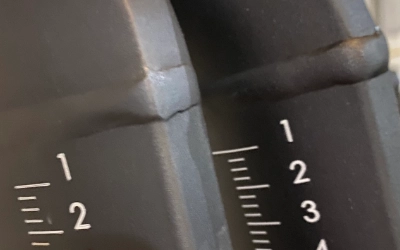Today I received my replacement Peloton seat post and had a chance to see first-hand what the changes are.
To recap, back in May of this year (102 days ago, to be exact) I, like many owners of the original model Peloton bike, received an email titled “Important Recall Notice”. This email read, in part:
Today, Peloton is announcing a voluntary recall of original Peloton model Bikes sold from January 2018 to May 2023 in the US. This voluntary recall is being conducted in cooperation with the US Consumer Product Safety Commission (CPSC).
…
REASON FOR THE RECALL: The original Peloton Bike seat post can break unexpectedly during use, creating a potential fall and injury risk. Peloton has identified 35 reports of seat posts breaking out of 2,160,000 units sold in the US. There have been 13 reports of injuries, including a wrist fracture, lacerations and bruises.
Because my Peloton bike gets used nearly every day, I ordered my free replacement right away. A few weeks later I got an email saying that due to high demand, they were prioritizing riders above a certain height or weight. I didn’t meet either criteria, so I was in the last group to get a replacement post.
Evidently, Peloton fielded 750,000 requests for replacement seat posts, so it has taken them a bit of time to meet that demand. Anyway the post arrived via FedEx today, and only took a couple of minutes to install (Phillips-head screwdriver required). I examined the new post against the old, and they appear to be made of the exact same materials (powder-coated steel of the same gauge, as far as I can tell. The heft is similar). The only difference I could tell is that the welds between the segments (there are two welds) were significantly beefier on the new post.
Here are photos of the two posts, with the old post in the foreground. The difference in the thickness of the welding bead is pretty noticeable.


Examining the old post, there are several spots where the powder-coating has worn off, but certainly no cracks, corrosion, or anything else that looked worrisome. Near as I can tell, it looks completely solid (though perhaps the ones that have broken looked that way, too!)
My Peloton bike has gotten years of daily or near-daily use, and it’s held up well. The only part I have needed to replace (apart from the pedals) are the plastic water-bottle holders (which are unfortunately made of very brittle plastic), and even these were a no-cost fix (I can’t remember exactly when I did that or how old the bike was at the time.) The bike is still quite and there has been no need to replace bearings or belts or anything. Sure, my wife and I are not particularly big or powerful riders, but this bike has had a lot of virtual miles on it, and it’s still going strong.


Leave a Reply